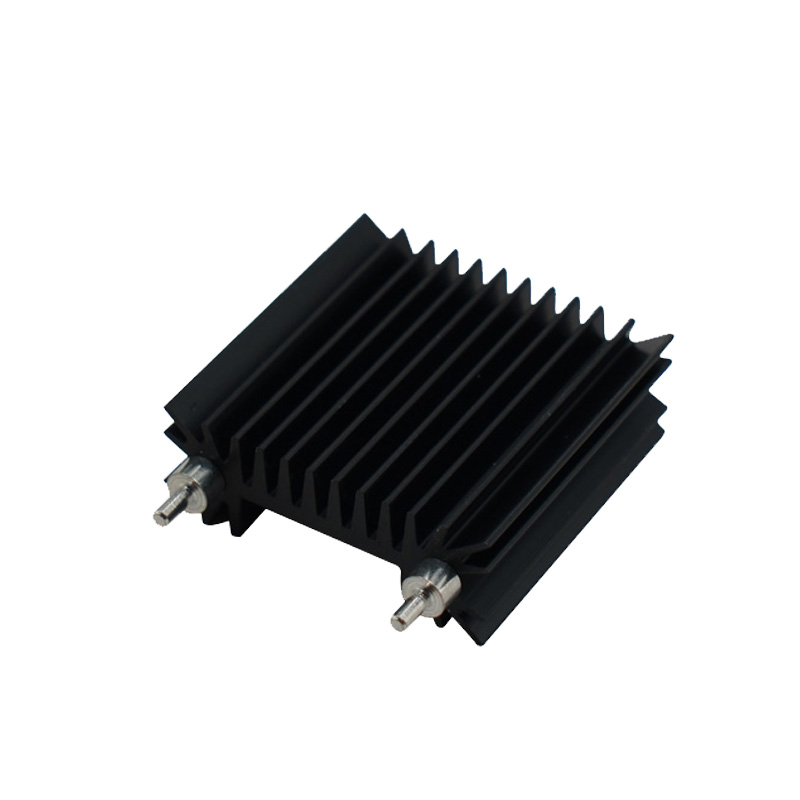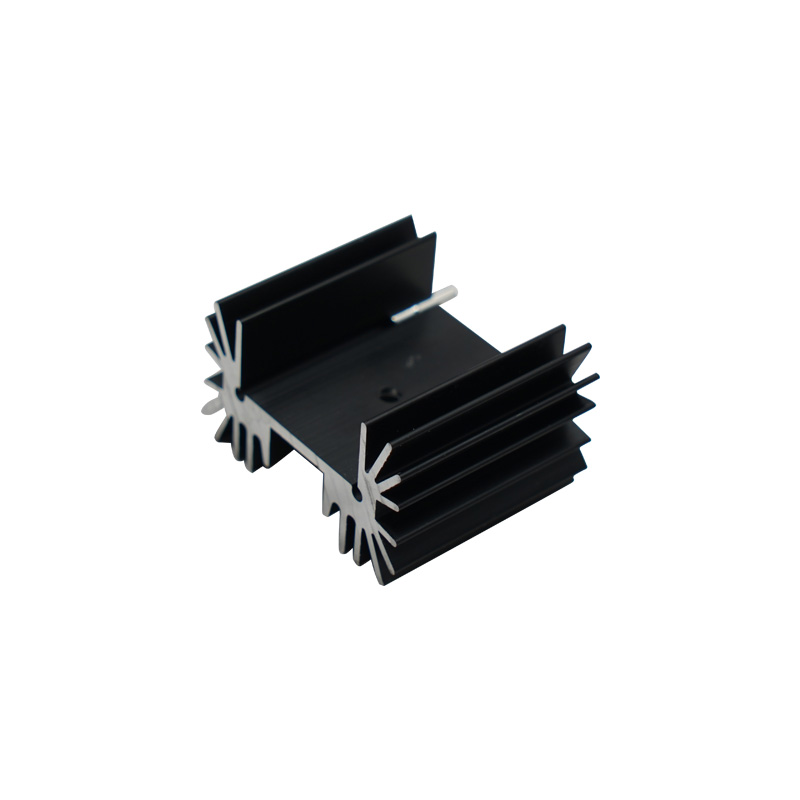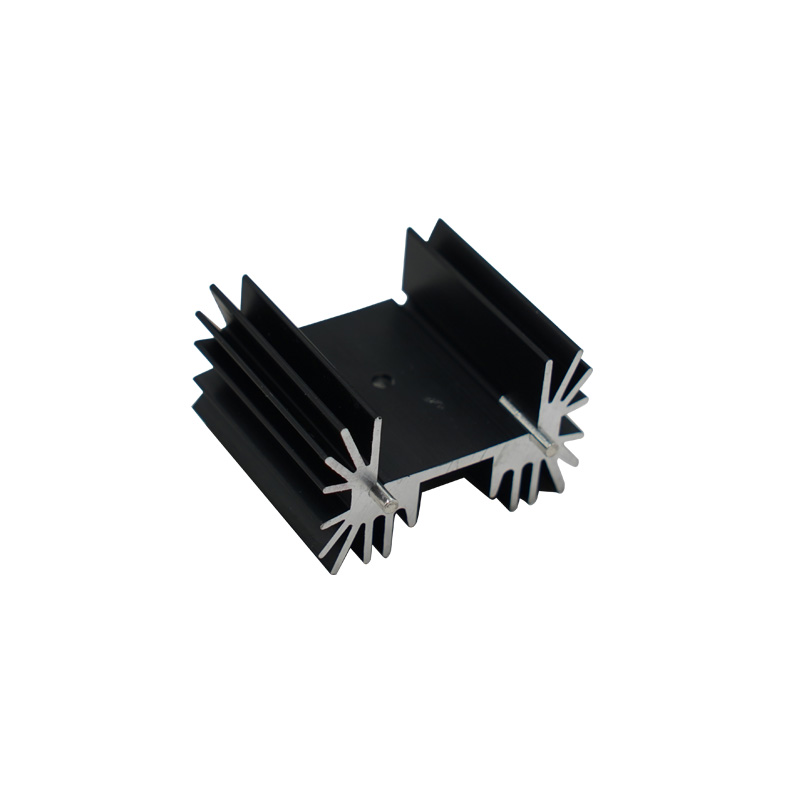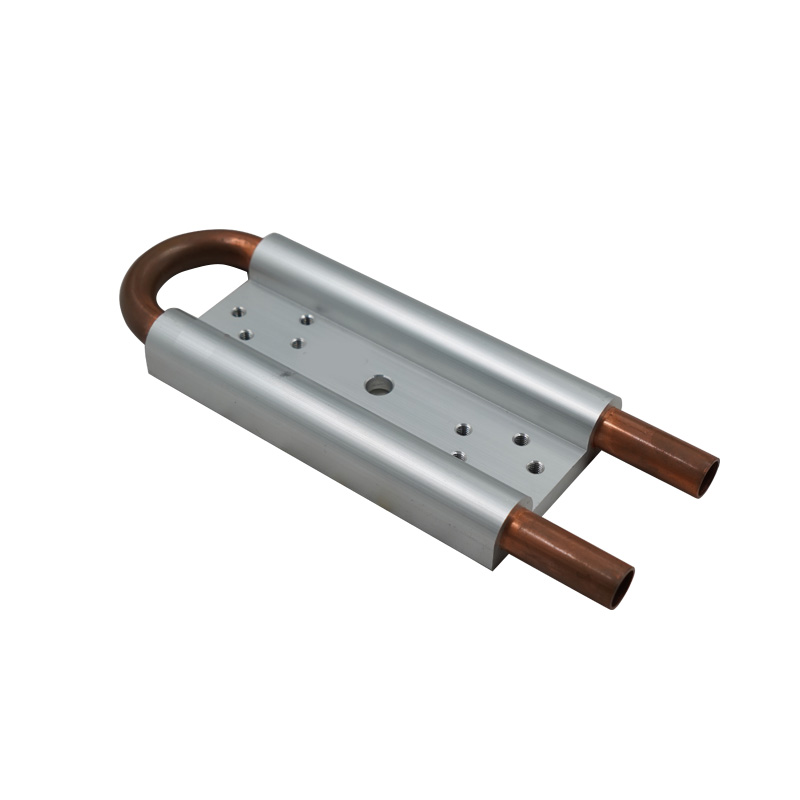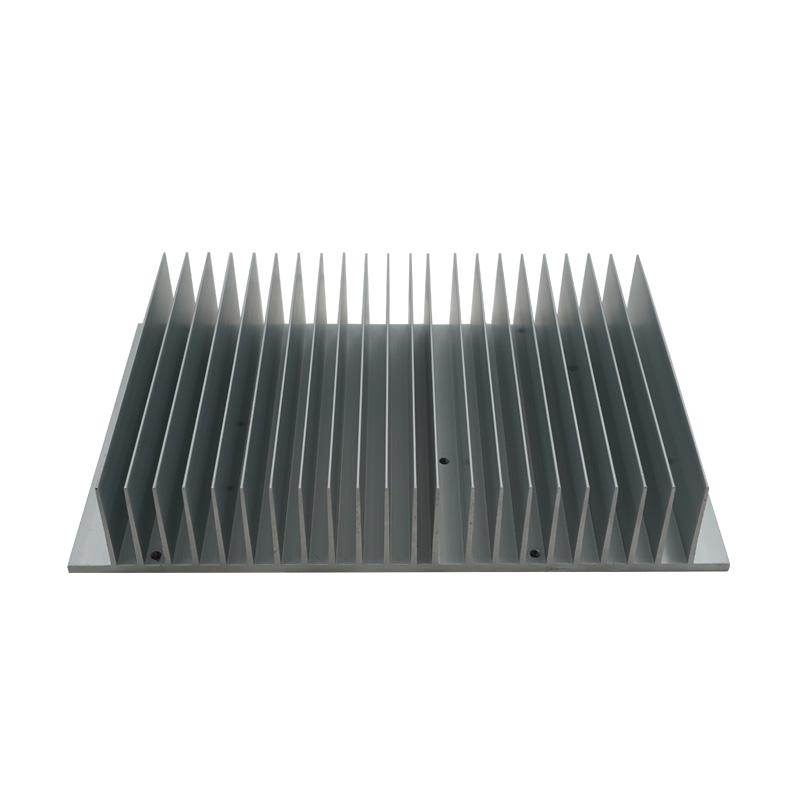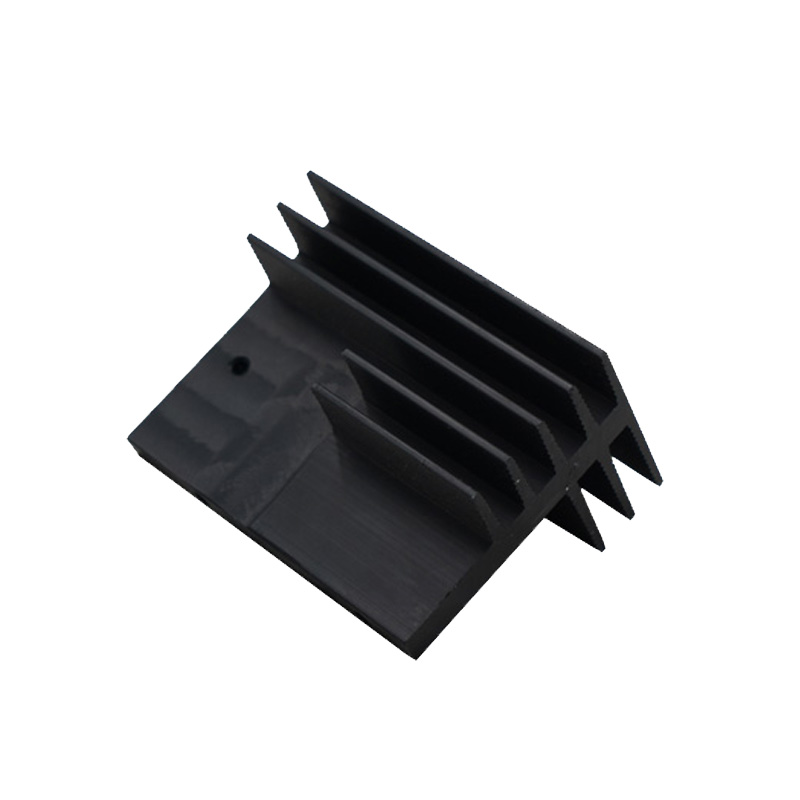
Computer Chip SSD Heat Sink Or CPU Radiator
Brand Customizable
Product origin Shandong, China
Delivery time 15-45days
Supply capacity Annual output 6,000 tons
Computer Cpu radiator absorb heat, ensure that the temperature of the computer components is normal.
Chip radiator can control the operating temperature of electronic equipment
Computer Cpu radiator
Computer Cpu radiator absorb and take away the heat generated by the CPU, keeping the temperature of the processor within a reasonable range. Common computer Cpu radiator are divided into air cooling and water cooling.
Air-cooled radiators of computer Cpu radiator: the CPU heat is absorbed by the metal base (copper/aluminum), transferred to the fins through the heat pipe, and the fan is forced to convect and dissipate the heat. The advantages are low price, durability, and no risk of leakage. The disadvantages are large size, possible obstruction of memory, and more obvious noise under high load.
The water-cooled radiator of computer Cpu radiator : the cold head absorbs the heat from the CPU, and the water pump pushes the coolant to circulate in the radiator (aluminum/copper), and the fan dissipates the heat. The advantages are high heat dissipation efficiency, low noise, and high appearance (RGB lighting effect). The disadvantages are high price, risk of leakage (extremely low probability), and regular maintenance is required.
Chip radiator, it is a strong way of heat dissipation.
Chip radiator stronger heat dissipation: natural heat dissipation → air cooling → liquid cooling.
Chip radiator more refined: external package heat dissipation → remove external package heat dissipation.
Chip radiator are key components used to manage the heat generated by electronic devices (such as CPUs, GPUs, power chips, etc.) to prevent overheating from causing performance degradation or damage. The future trend of chip radiator or chip heat sinks is to use graphene heat dissipation materials or achieve intelligent temperature control through AI.
Chip radiator special cooling solution: semiconductor cooling (TEC). Immersion cooling.Microchannel cooling, integrating microfluidic channels in the chip for extremely high heat flux density scenarios.
SSD heat sink radiator principle of heat dissipation
1. The thermal conductive silicon grease sheet is responsible for the contact with the SSD heat sink radiator solid state disk, wrapping the hot chip, and conducting the heat to the cooling fin through the metal fixing sheet.
2. The SSD heat sink radiator heat fin and the air contact, the heat away from the solid position, if the heat is still in the chassis, but also need to design the air duct to blow away the hot air.
Heat dissipation test
1.The overall structure of the SSD heat sink radiator is simple, beyond the SSD load, the simplest running test, CDI monitoring temperature about 74℃; After cooling to room temperature, install the radiator, the same test, the temperature is maintained at about 63℃;
2.After the actual measurement, the SSD heat sink radiator does not have to install its heat sink like the CPU, but it has the effect of greatly reducing the temperature of the SSD.





